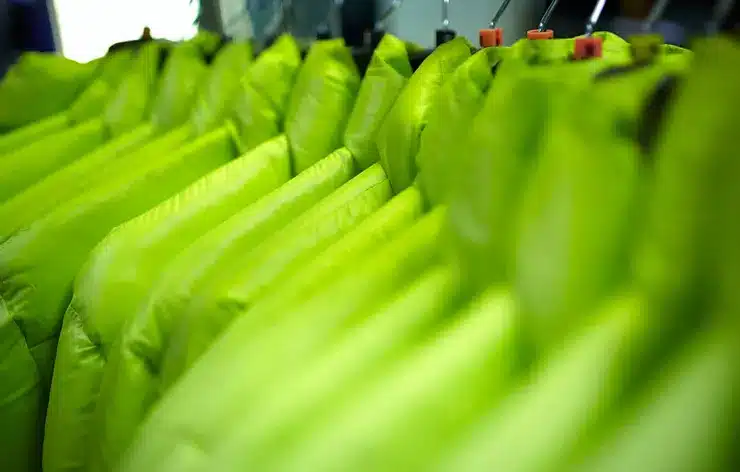For most products and services, people want an extensive range to choose from. Range gives choice, and more choice leads to a higher likelihood that the consumer is going to walk out happy with what they have purchased. Range can mean a lot of different things though, and here are just a few examples:
-
Type range: e.g. being able to choose the colour you prefer
-
Size range: particularly important when talking about clothing
-
Price range: to suit both your budget and also the need (i.e. sometimes you aren’t seeking the highest quality item and hence don’t want to pay top price)
-
Product range: again an important one when talking about clothing, as no one wants to turn up to a function in the exact same outfit as someone else (particularly if the other person is doing a much better job of wearing it!)
Of course, there are instances when too much choice can be a hindrance, particularly when dealing with products that fulfil a simple need and have little emotional connection. But on most occasions, shoppers like to have a reasonable level of choice in order to match the product or service to their direct need.
Despite the benefits, the difficulty of offering a wide range of products is the extra expense for a business in holding more stock.
For smaller communities, this becomes an even bigger problem, as there may only be a few businesses operating in a particular product category and so if each of these is limited in what they can offer, it creates a local range gap.
Although a lower priority, it cannot be completely ignored, as many shoppers are going to be hard to retain if you can’t give them exactly what they want. So here are a few ways to try and overcome this:
-
Know what you can source from your current suppliers, and try and still deliver to the customer’s needs. i.e. ‘we don’t have it in stock right now, but we could have it here for you by the end of the week’.
-
Link up with other local businesses who sell the same products as you do, and agree to stock different variants. i.e. ‘we stock the green ones and if you are after red they have them across the street’. This one will be hard to swallow for many businesses, as it might mean working with your competitors. However, it is much better for your local competitor to get the sale than for the money to float out of your community.
-
Keep track of the things that your customers ask for that you don’t stock. If there is enough demand then this might prove to be an area of opportunity for your business.

